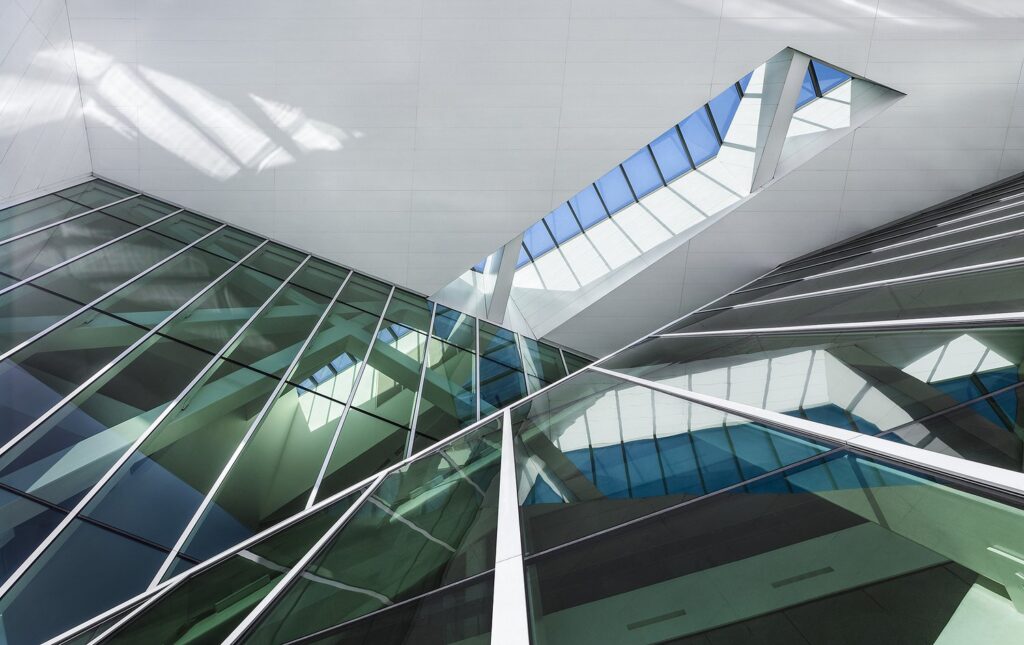
Photographing architectural interiors is much more than simply taking pictures of rooms—it’s about capturing the atmosphere, design intent, and spatial harmony that make a space unique. Successful interior photography requires a thoughtful approach to lighting, composition, and technical execution to showcase both the beauty and functionality of a space.
Whether you are photographing residential, commercial, or public interiors, mastering key techniques and best practices is crucial to producing images that engage and inspire.
This article delves into the key techniques and best practices that will help elevate your architectural interior photography, ensuring your work stands out in a competitive field.
Understanding Interior Architectural Photography
At its core, architectural interior photography is about showcasing the design, structure, and atmosphere of interior spaces. It highlights how spaces function, their aesthetic appeal, and the story they tell.
The photographer’s task is to translate three-dimensional design into compelling two-dimensional images, preserving the architect’s vision and the designer’s artistry for a wider audience.
Essential Equipment for Architectural Interior Photography
– Camera and Lenses
Medium format cameras are highly valued for their exceptional image quality, high resolution, and dynamic range, making them ideal for capturing intricate details and tonal variations in interiors. Wide-angle and tilt-shift lenses are staples, allowing photographers to capture expansive spaces while controlling perspective distortion.
– Tripod
A sturdy tripod is indispensable for interior photography. It ensures sharp images during long exposures, allows for precise composition, and helps maintain straight lines and consistent framing. Features such as a 90-degree column for ground shots and a ball head for flexible positioning add to the tripod’s versatility.
Staging and Preparation
– Staging the Room
Preparing the space before shooting is often as important as the photography itself. This involves decluttering, arranging furniture, and ensuring that every element in the frame contributes to the overall composition. Staging should be tailored to the intended angle and purpose of the photograph.
– Eliminating Distractions
Remove any distracting elements or personal items that do not enhance the story of the space. The goal is to create a clean, inviting, and coherent image that draws the viewer’s attention to the design features.
Mastering Composition
– Angles and Perspectives
Angles are fundamental in architectural photography, as they allow viewers to appreciate the artistry of a space from different perspectives. A low angle can make a room appear grand and imposing, while a high angle may emphasise the layout and spatial relationships within a complex interior. Experimenting with unusual angles can reveal hidden details and create dynamic compositions that engage the viewer.
– Straightening Verticles
One of the most critical aspects of interior photography is ensuring that vertical lines remain straight. This maintains the integrity of the architecture and avoids distracting distortions. Using a tilt-shift lens is ideal, but digital correction tools in post-processing software like Lightroom or Camera Raw can also be effective.
– Avoiding Excessive Wide Angles
While wide-angle lenses are popular for capturing entire rooms and making spaces appear larger, excessive use can introduce distortion. For most interiors, it is advisable not to shoot wider than 24mm on a full-frame camera, unless the space is particularly large. This helps maintain a natural perspective and avoids exaggerated proportions.
Lighting Considerations
– Natural Light
The quality and direction of light can dramatically alter the mood and appearance of an interior. Soft, diffused daylight is often preferred, as it enhances colours and textures without creating harsh shadows. Overcast days can produce moody, atmospheric images, while direct sunlight can add vibrancy and contrast.
– Artificial Lighting
Many interiors rely on a combination of natural and artificial light. Balancing these sources is crucial to avoid colour casts and ensure even illumination. Supplementary lighting, such as flashes or strobes, can be used to fill in shadows or highlight specific areas. The key is subtlety—lighting should enhance the space without making it appear unnaturally bright or sterile.
– Balancing Interior and Exterior Light
In spaces with windows, balancing the brightness of interior and exterior light is essential. This may involve using fill flash, exposure blending, or high dynamic range (HDR) techniques to ensure both the inside and outside are properly exposed.
Materials and Textures
– Highlighting Materials
Close-up shots of materials—such as brickwork, wood grain, or glass reflections—can reveal the craftsmanship and design choices that define a space. These details often go unnoticed in wider shots but are essential for appreciating the full scope of the design.
– Using Macro Lenses
Using macro or specialised lenses allows photographers and videographers to capture fine details and textures, bringing out the subtle elements that contribute to the atmosphere of the interior.
Post-Processing and Editing
– Correcting Distortions
Even with careful shooting, some distortion may occur, especially when using wide-angle lenses. Post-processing tools can help straighten lines, correct perspective, and ensure the image accurately represents the space
– Enhancing Light and Colour
Editing software allows photographers to fine-tune exposure, balance colours, and enhance textures without over-processing. The aim is to produce images that are true to the original space while highlighting its best features.
– Bringing Spaces to Life
While not always necessary, including people in interior photographs can add a sense of scale and demonstrate how the space is used. In commercial and institutional settings, having people move through the space with a slight blur can create a dynamic, lived-in feel.
Conclusion
Architectural interior design photography is a blend of technical skill and creative vision. By mastering composition, lighting, equipment, and staging, photographers can produce images that not only document a space but also convey its atmosphere and design intent. Every photograph should tell the story of the space, inviting viewers to experience its beauty, functionality, and unique character.
Whether you are an aspiring photographer or a seasoned professional, continually refining your techniques and embracing best practices will ensure your work remains compelling and relevant in this ever-evolving field.





